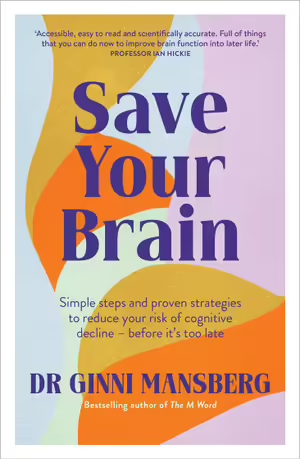WHAT’S THE DIFFERENCE BETWEEN RETINAL AND RETINOL?

Featured Story
Most dermatologists and skincare academics agree that Vitamin A is hands down the BEST ingredient to combat the effects of aging. It’s also brilliant for combatting acne and most forms of rosacea.
BUT WHICH FORM OF VITAMIN A WORKS BEST?
Vitamin A is an umbrella term and encompasses a whole range of similar looking ingredients.
The first thing to understand is that no matter which form of Vitamin A is in your skincare, your skin can only derive benefits from the active form of vitamin A, retinoic acid.
Pure retinoic acid known as either tretinoin or isotretinoin directly bind to retinoic acid receptors in the skin and start repairing the skin. But they often come with horrible side effects like burning, redness and stinging which is why so many people give up and stop using them. And why they are available only with a doctor’s prescription.
Because of these side effects, doctors started at looking at the precursors to retinoic acid to see if they could achieve similar results without the pesky side effects. Two of these are:
1) Retinal (also known as Retinaldehyde)
2) Retinol
Retinal is the direct precursor to retinoic acid. While Retinol is one step further removed. It must first convert to retinaldehyde, and then from retinaldehyde into retinoic acid.
IN FACT, RETINOL IS 20 TIMES LESS POTENT THAN RETINOIC ACID. (1).
Each step in this conversion chain uses enzymes and the availability of these enzymes in the skin is highly individual and can limit the efficacy of the products. (2)
While Retinol has some evidence, the evidence for Retinal is much better in anti-aging (3).
It was French scientists who proved in a “head to head” study that Retinal and Retinoic acid are equally effective when it comes to reversing skin aging, but that Retinal is much better tolerated on the skin. (4)
The reason for the lower side effect profile of Retinal is that metabolism of retinal to retinoic acid occurs only by skin cells as they are differentiating. This creates a more steady and controlled delivery of retinoic acid to the skin cells. This results in less of the irritating effects compared to tretinoin and other retinoids like Retinol. (5)
There are certainly studies showing that Retinol does indeed have efficacy against aging. But the effect can be variable.
One reason is that Retinol is extremely unstable and easily gets broken down into biologically inactive forms when it’s exposed to light or air. (6) And as I explained, in studies, Retinol has also been shown to cause redness and irritation in some people. (7)
That is essentially because, being 20 times less potent than retinoic acid, you need to use a lot of Retinol to achieve effects on the skin.
SO IF THE EVIDENCE SAYS THAT RETINAL IS SUPERIOR, WHY IS RETINOL USED EVERYWHERE AND RETINAL SO HARD TO FIND?
We can only speculate, but cost and availability are two likely reasons.
At about $30,000 per kilo Retinal costs more than 10 times as much as Retinol – it’s expensive! It’s also not the easiest ingredient to find (especially from a reputable manufacturer). It took us 4 months of searching to find just one reliable high-quality supplier!
BOTTOM LINE:
Vitamin A is hands down the best cosmeceutical ingredient for the treatment of aging skin and acne.
Pure retinoic acid is very effective but causes irritation and burning in many people.
Retinol is 20 times less potent than retinoic acid and while it is less irritating than retinoic acid, some people still react to it.
Retinal is as effective as retinoic acid without the side effects – making it the most effective and well tolerated form of Vitamin A. Which is why we use it in ESK’s Ultimate A and Ultimate A+.

Save Your Brain By Dr Ginni Mansberg
The evidence is clear almost half of all cases of dementia and cognitive decline are preventable. But sadly none are treatable.
So what are the lifestyle changes that really make a difference to our brain health? What do the experts do to protect themselves from cognitive decline? And what can we do right now to preserve our quality of life as we age?
Save Your Brain answers all these questions and more. As we age, dementia and Alzheimer's pose a serious threat to our health and wellbeing. To give us a running start in the fight against cognitive decline, GP and acclaimed broadcaster Dr Ginni Mansberg presents the very latest evidence based research on how to protect your most valuable asset your clever, vulnerable, powerful brain. As the health of our brains increasingly takes centre stage, Ginni gives up to the minute advice and strategies you can implement now to protect your brain as you age.
A must read for anyone looking to maintain their quality of life, or that of loved ones, into old age.
Purchase
|
Services.
My Story.
Blogs.
Contact.
My Newsletter is like others, it's unique, and all about you, and your family.

